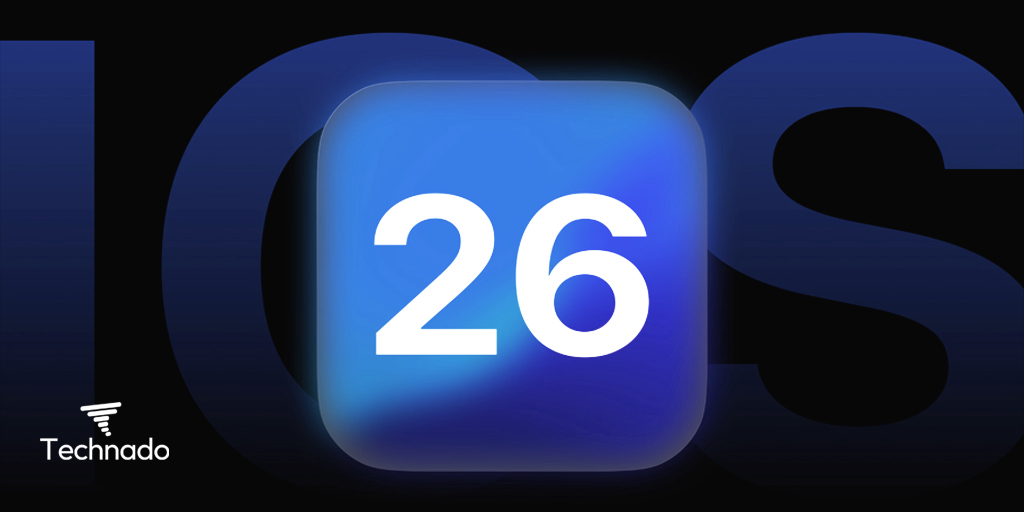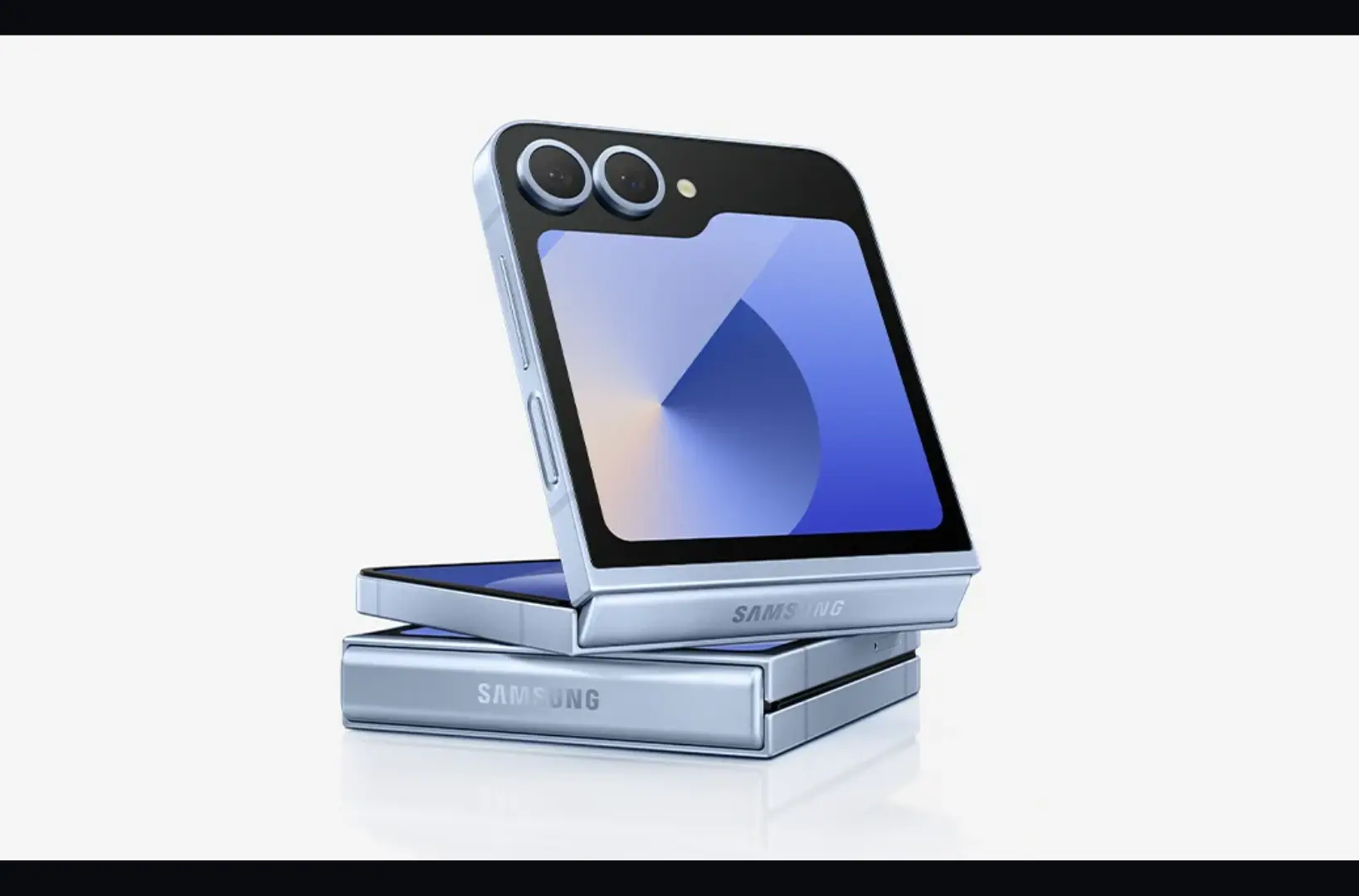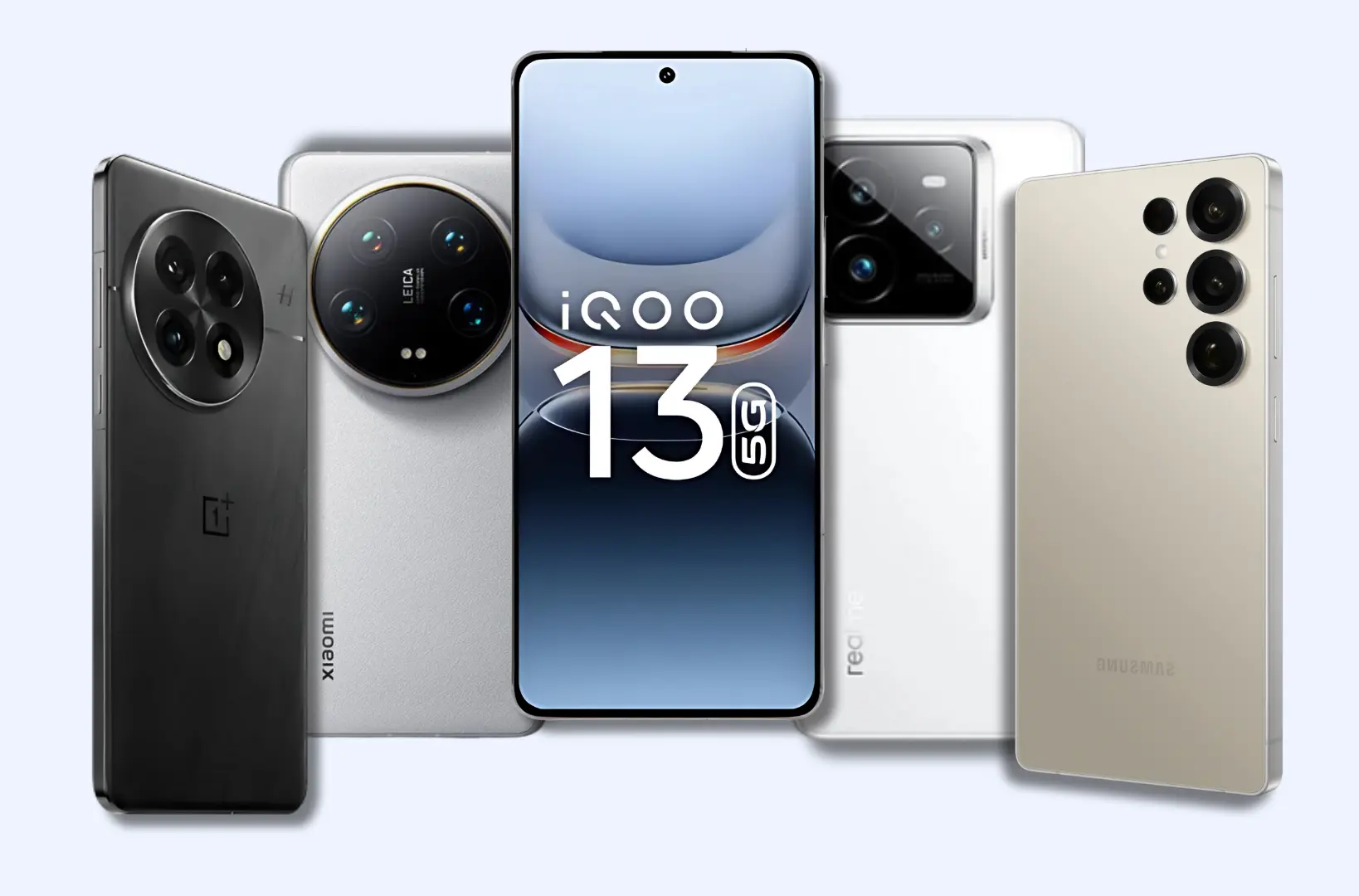Samsung has been leading the mid-range smartphone segment for years with its Galaxy A series, offering users a balance of affordability, performance, and long-lasting battery life. With the Samsung Galaxy A56 and Samsung Galaxy A36 now available, many people are wondering which device provides the best value for their money.
Both phones offer 5G connectivity, Super AMOLED displays, large batteries, and Samsung’s signature One UI software, but they cater to different types of users. While the Galaxy A56 is a premium mid-range option with better performance, cameras, and build quality, the Galaxy A36 is more affordable, making it suitable for users who want a solid smartphone without breaking the bank.
In this detailed comparison, we’ll break down the technical features, camera quality, display technology, battery life, and overall performance to help you decide which phone is the right choice for your needs. Let’s dive in!
Key Specifications Comparison Table
| Feature | Samsung Galaxy A56 | Samsung Galaxy A36 |
| Display | 6.6-inch Super AMOLED, 120Hz | 6.5-inch Super AMOLED, 90Hz |
| Processor | Exynos 1480 / Snapdragon 7 Gen 2 | Exynos 1380 / Snapdragon 6 Gen 1 |
| RAM & Storage | 6GB/8GB RAM, 128GB/256GB | 6GB RAM, 128GB Storage |
| Camera (Rear) | 50MP (OIS) + 12MP (Ultra-wide) + 5MP (Macro) | 48MP (OIS) + 8MP (Ultra-wide) + 2MP (Depth) |
| Camera (Front) | 32MP | 16MP |
| Battery | 5000mAh, 45W fast charging | 5000mAh, 25W fast charging |
| Operating System | One UI 6 (Android 14) | One UI 6 (Android 14) |
| Build & Design | Glass front, plastic frame, IP67 rating | Plastic body, IP54 rating |
| Connectivity | 5G, Wi-Fi 6, Bluetooth 5.3 | 5G, Wi-Fi 5, Bluetooth 5.2 |
| Price Range | Higher (~$450) | Lower (~$350) |
Display & Design
A smartphone’s display and design play a major role in the overall user experience, and both the Samsung Galaxy A56 and A36 deliver vibrant visuals with Samsung’s Super AMOLED technology. However, there are key differences in refresh rate, durability, and materials.
Display:
- Galaxy A56: 6.6-inch Super AMOLED, 120Hz refresh rate, offering smoother scrolling, gaming, and an ultra-responsive experience.
- Galaxy A36: 6.5-inch Super AMOLED, 90Hz refresh rate, which is still smooth but not as fluid as the A56.
Design & Build Quality:
- Galaxy A56: Features a glass front with a premium feel, along with an IP67 rating, making it water and dust-resistant (can survive submersion in water).
- Galaxy A36: Has a plastic body, making it less premium in feel. It has an IP54 rating, meaning it’s resistant to splashes and dust but not fully waterproof.
Verdict:
If you want a smoother display, better durability, and a premium build, the Galaxy A56 is the superior choice. However, if you’re okay with a slightly lower refresh rate and a plastic build, the A36 is still a solid option for everyday use.
Performance & Processing Power
Performance is a major deciding factor, especially if you use your phone for gaming, multitasking, and heavy applications.
- The Galaxy A56 is powered by either the Exynos 1480 or the Snapdragon 7 Gen 2, depending on the region. These chipsets offer flagship-like performance and can easily handle demanding apps and games.
- The Galaxy A36, on the other hand, comes with the Exynos 1380 or the Snapdragon 6 Gen 1, which are good for everyday tasks but fall short in gaming and intensive processing.
Both devices come with 6GB or 8GB of RAM, but the A56 offers more storage options (up to 256GB), whereas the A36 is limited to 128GB of internal storage.
Verdict:
If you need high performance, faster processing speeds, and better gaming capability, go for the Galaxy A56. But if you are a casual user and don’t need top-tier performance, the Galaxy A36 is still a solid option.
Camera System
Samsung has significantly improved the camera technology in its mid-range devices, and both the Galaxy A56 and A36 offer solid photography capabilities. However, the A56 has a noticeable edge in terms of sensor quality, extra features, and overall performance.
Rear Camera Setup:
- Galaxy A56: 50MP main sensor with OIS (Optical Image Stabilization) ensures sharper, more stable photos and better low-light performance.
- Galaxy A36: 48MP main sensor with OIS, which is decent but slightly less capable than the A56, particularly in detail and dynamic range.
- Ultra-wide lens: The A56 has a 12MP ultra-wide sensor, capturing broader and sharper shots, while the A36 has only an 8MP ultra-wide lens.
- Macro lens: The A56 features a 5MP macro lens, which is missing in the A36, making it more versatile for close-up photography.
Front Camera (Selfies & Video Calls):
- Galaxy A56: 32MP front camera, delivering clearer and more detailed selfies.
- Galaxy A36: 16MP front camera, which produces decent but less detailed selfies compared to the A56.
Verdict:
For photography enthusiasts, the Galaxy A56 is the superior choice, offering a higher-resolution main camera, better ultra-wide shots, and a more powerful selfie camera. If you just need a basic camera setup, the A36 still performs well but lacks the extra features of the A56.
Battery & Charging
Battery life is a crucial factor when choosing a smartphone, and both the Samsung Galaxy A56 and A36 come with a 5000mAh battery, ensuring all-day usage on a single charge. Whether you’re streaming, gaming, or browsing, you can expect solid endurance from both devices.
However, charging speeds differ significantly:
- Galaxy A56: Supports 45W fast charging, allowing it to charge up to 50% in just 30 minutes, making it a great option for users who need quick top-ups throughout the day.
- Galaxy A36: Supports 25W fast charging, which is slower compared to the A56, meaning it takes longer to reach a full charge.
Verdict:
If you need faster charging to minimize downtime, the Galaxy A56 is the better choice. However, if you’re okay with slower charging speeds, the A36 still offers excellent battery life for daily usage.
Which Should You Buy?
Choosing between the Samsung Galaxy A56 and A36 depends on your needs and budget. Here’s a breakdown to help you decide:
Choose the Galaxy A56 if you:
- Want better performance for gaming, multitasking, and demanding applications.
- Need a higher refresh rate (120Hz) for smoother scrolling and animations.
- Prefer a premium design with a glass front and IP67 water resistance.
- Want a more advanced camera system with a 50MP main sensor, ultra-wide lens, and better front camera.
- Need faster 45W charging and better connectivity (Wi-Fi 6, Bluetooth 5.3).
Choose the Galaxy A36 if you:
- Want a budget-friendly smartphone with good everyday performance.
- Don’t need high-end gaming or professional-level photography.
- Are okay with a slightly lower refresh rate (90Hz) and plastic build.
- Don’t mind slower 25W charging and Wi-Fi 5 connectivity.
Your choice should depend on your priorities—do you need better specs or a lower price?
Final Thoughts
The Samsung Galaxy A56 and A36 are both solid mid-range smartphones, but they cater to different user needs. The Galaxy A56 stands out with its faster performance, smoother 120Hz display, premium glass design, and superior camera system, making it an excellent choice for users who demand more from their smartphones. It also offers faster charging, better connectivity, and improved durability with an IP67 rating.
On the other hand, the Galaxy A36 is a great budget-friendly option for those who want a reliable phone for everyday tasks. It provides a decent display, good battery life, and solid camera performance at a more affordable price, though it lacks the premium feel and advanced features of the A56.
Before making your final decision, consider your budget, usage requirements, and long-term needs. Which one do you think fits your lifestyle better? Let us know in the comments!
Suggested Reads:
Zeekr 007: Sub-10-Minute EV Charging with Golden Battery
Startup Tech Stack 2025: Your Ultimate Guide
Frontend Developer Roadmap 2025: Your Complete Guide

Burhan Ahmad is a Senior Content Editor at Technado, with a strong focus on tech, software development, cybersecurity, and digital marketing. He has previously contributed to leading digital platforms, delivering insightful content in these areas.








